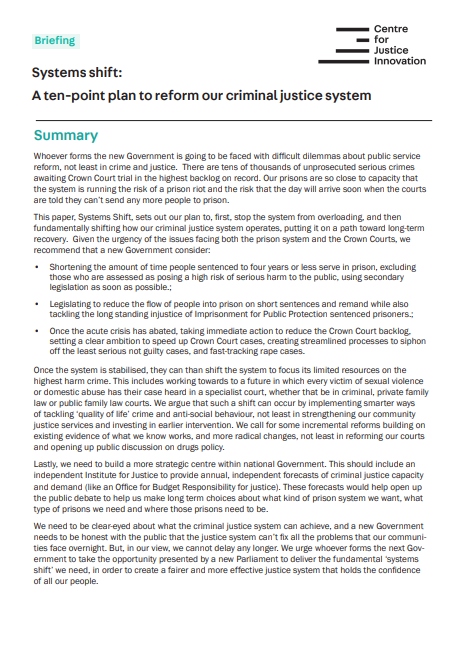By New York City, Office of the City Comptroller
The audit found that the New York City Police Department (NYPD) ensures that the billing, invoices, and payments to ShotSpotter are accurate, and that ShotSpotter generally meets its currently specified contractual obligations. The auditors found that sensor coverage areas were initially set up in Brooklyn and the Bronx because the two boroughs had the highest number of confirmed shootings, and, within the two boroughs, they were generally placed in precincts with the highest number of confirmed shootings. The audit also found that ShotSpotter met its contractual performance targets, which focus on avoiding “missed incidents,” most of the time.
However, the audit found that the contractual performance standard does not measure whether alerts sent to NYPD result in confirmed shootings. When measured against the contractual performance standards set by NYPD, ShotSpotter met its 90% target for avoiding missed incidents in almost all boroughs except Manhattan, but when measured against the number of confirmed shootings, performance is far lower. During the sampled months of review in 2022 and 2023, ShotSpotter alerts only resulted in confirmed shootings between 8% and 20% of the time.
During the month of June 2023, for example, out of the 940 ShotSpotter alerts that NYPD responded to 771 could not be confirmed as shootings upon arrival at the scene (82%), 47 were determined to be unfounded (5%), and 122 were confirmed as shootings (13%). NYPD officers spent 426.9 hours investigating alerts that were not confirmed as shootings. If only one officer responded, this equates to almost 36 twelve-hour shifts; if two officers responded, this number doubles.[1] NYPD does not currently track the amount of time ─ or the associated staff costs ─ spent responding to such instances.
NYPD does not agree that confirmed shootings should be used to measure ShotSpotter’s performance. It asserts that ShotSpotter improves the response time to possible shots fired which in turn increases the ability to provide assistance to victims, increases officers’ safety, and provides a more accurate location of the possible shooting than a 911 call alone.
However, NYPD does not measure ShotSpotter alert response times in comparison to 911 call response times to shots fired outside, the metric most closely aligned to ShotSpotter alerts. The audit analyzed the two data sets, NYPD’s internal OCD ShotSpotter Tracking report and the Open Data NYPD Call for Service report, and found that during the month of June 2023 average response times to ShotSpotter alerts were 1 minute and 38 seconds faster than response times to reports to 911 of outdoor shots fired (3 minutes 50 seconds for ShotSpotter versus 5 minutes 28 seconds for 911), far less than the difference of 5 minutes claimed in publicly-available data.[2]
The audit found that NYPD’s data collection should be improved, analyzed more critically, and published in the interest of transparency before ShotSpotter’s contract, which expires in December 2024, is renewed. The data currently collected and published by NYPD does not support a comprehensive assessment of the tool’s effectiveness or economy, does not fully inform the public or government officials interested in ShotSpotter’s performance, and therefore does not currently support renewal of the contract.
Intended Benefits
The audit increases transparency around the use of ShotSpotter and raises questions concerning NYPD’s assessment of its performance. NYPD has already spent over $45 million on this product and is committed to spending a further $9 million before the end of the current contract term. The audit calls on NYPD to critically and comprehensively assess ShotSpotter’s performance and determine whether its continued use remains in the City’s best interests.
New York City: Office of the City Comptroller, 2024. 48p.





















